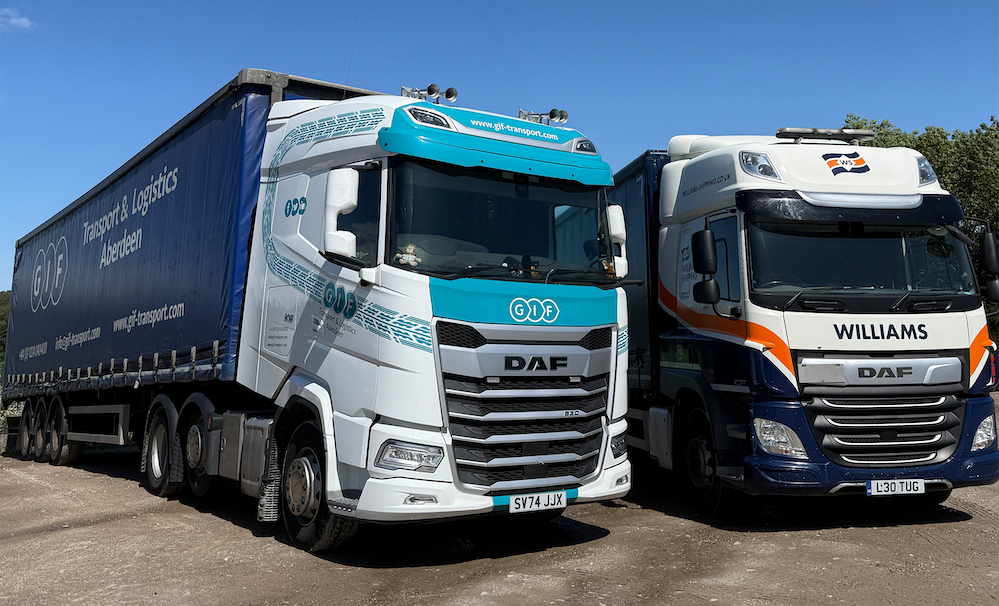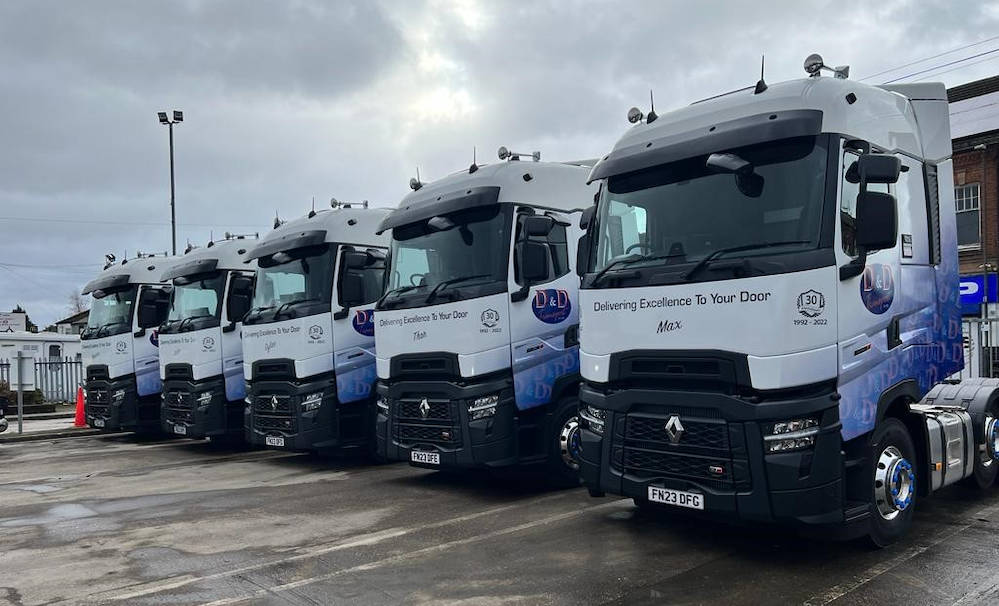In today’s fast-evolving business landscape, having accurate market data is not just beneficial—it’s essential for strategic decision-making. In 2024, understanding how socio-economic shifts have reshaped the UK’s moving industry can give businesses a significant edge. With an estimated market value of £1.3 billion, this sector has experienced moderate yet telling growth in response to changing residential patterns and increased remote work opportunities.
However, it’s not just about knowing numbers; it’s about interpreting what they mean for future trends. This comprehensive report dives deeply into current statistics, helping you navigate post-pandemic dynamics and plan ahead intelligently. With substantial effort put into gathering and analyzing fresh data, we aim to provide insights that are both reliable and actionable. Now let’s dive into what makes 2024 such an interesting year for the UK’s moving industry.
In 2024, the UK Removal Services industry is estimated to reach a market size of £1.3 billion, with approximately 2,739 businesses operating within this field, reflecting a growth rate of 2.2% from 2018 to 2023. Additionally, the industry shows notable contributions from rental storage services and corporate removals, emphasizing the resilience and adaptability of removal companies in response to ongoing demand and societal trends.
UK Moving Company Market Overview
The UK moving company market is not just a collection of businesses; it represents a vital component of people’s lives as they transition through various chapters. The industry, valued at approximately £1.3 billion in 2024, provides essential services that enable individuals and families to relocate smoothly. This remarkable figure embodies both steady growth and resilience, showcasing how adaptable the industry has become in response to evolving needs and challenges, especially post-pandemic.
A significant contributing factor to this growth stems from the movement of populations seeking flexibility amidst changing work environments. As more people embrace remote working options, there’s been a noticeable shift towards relocating to suburban and rural areas. Families are intrigued by larger spaces and more affordable housing outside urban centers, which has stimulated increased demand for moving services. Consequently, removal companies are experiencing heightened workloads as they facilitate these changes.
Chris Townsend, Expert at Three Movers notes:
“Understanding the latest UK moving company statistics for 2024 is crucial for both consumers and industry professionals. These insights reveal key trends and shifts in the market, helping us adapt and improve our services. At Three Movers, we’re committed to leveraging these statistics to enhance the moving experience and provide top-notch solutions tailored to evolving customer needs.”
Key Industry Statistics
| Statistic | Value |
| Market Size | £1.3 billion |
| Number of Businesses | 2,739 |
| Top Three Players’ Market Share | 60.9%, 41.5%, 37.6% |
| Uplift in Post-COVID Moves | Significant |
However, it’s not all smooth sailing in this bustling marketplace. With about 2,739 businesses currently operating within the industry, competition is fierce. The prominent players like Pickfords Move Management Ltd hold substantial market shares—over 60% among the top three firms alone—which highlights just how concentrated the sector can be. Despite the challenges posed by economic fluctuations and industry maturation, the gradual compound annual growth rate (CAGR) observed signals ongoing momentum.
Recognizing these trends is essential for anyone looking to make informed decisions in this sector. Now let’s take a closer look at the financial dimensions that underpin this vibrant industry landscape.
Market Size and Growth in 2024
The UK moving services market is anticipated to grow by a noteworthy 4.2% in 2024. This increase speaks not only to a recovering economy but also reflects a responsive industry adapting to consumer needs and preferences. As we emerge from the shadows cast by the pandemic, this growth trend highlights a busy calendar ahead for moving companies, with increased demand fueled by both personal and commercial relocations.
So, what exactly is driving this resurgence? Post-COVID relocations are indeed leading the charge. Many individuals who postponed life changes during lockdowns are now taking decisive steps towards new beginnings, whether that be moving to larger homes or relocating for better job opportunities. These combined factors create a vibrant environment for movers, increasing activity across various demographics.
Driving Factors
- Post-COVID Relocations: More people are eager to change their living situations, resulting in heightened demand for moving services after a lull.
- Housing Market Dynamics: With a competitive housing market, many buyers are looking to secure properties quickly, prompting them to utilize professional moving services for efficiency.
- Corporate Relocations: Businesses continue transitioning offices or offering flexible work locations for employees, which often necessitates professional moving support.
- Seasonal Demand Variations: Specific times of year remain busier than others—summer months typically see the highest volume of moves as families prefer relocating during school holidays.
Examining these driving factors offers a deeper understanding of how the industry adapts and thrives. This insight paves the way for exploring technological advancements shaping the future landscape of this essential service.
Innovations and Digital Integration
The digital transformation has truly revolutionized how moving companies operate today. Previously cumbersome processes have been simplified through technological advancements, creating significant efficiency in tackling the logistical challenges of moving. One notable innovation is the rise of online booking platforms, which allow customers to schedule their moves seamlessly from the comfort of their own homes. These platforms often feature user-friendly interfaces, allowing customers to select dates, services, and even get instant quotes without making a phone call.
Innovations like virtual surveys are game-changers, enabling customers to use their smartphones or computers for initial assessments of the items they need moved. This technology not only saves time but also ensures that moving companies receive accurate estimates without needing to send representatives for in-person assessments. Another vital addition is customer portals that allow individuals to monitor their transactions and movements in real-time—fostering increased trust between movers and clients.
Furthermore, companies like AnyVan and Pickfords exemplify how adopting AI-driven algorithms can optimize routes effectively. By analyzing traffic patterns, weather conditions, and fuel usage in real-time, these organizations significantly reduce fuel costs while improving delivery times. This efficiency does not just benefit the moving companies; it ultimately translates into cost savings passed on to consumers. Such smart integrations highlight a trend toward sustainability since reduced fuel consumption means a smaller carbon footprint—a crucial factor for many customers today.
Digital tools haven’t just improved logistics; they’ve redefined customer interaction by enabling real-time tracking of shipments. Clients can receive updates directly through mobile applications, alleviating concerns about the location of their belongings during transit and providing constant reassurance.
This integration of advanced technology indeed makes every aspect smoother—from ensuring transparency to enhancing communication—but let’s explore how these innovations influence business strategies in an ever-evolving industry.
Impact of Business Relocations
Corporate relocations are pivotal not just for the companies involved but also play a crucial role in the broader economy. Each corporate move often involves relocating not just equipment, but an entire workforce, which can shake up local economies and influence job markets. When companies shift their offices, it signifies changes in employee dynamics, local partnerships, and customer engagement strategies.
As noted earlier, commercial moves accounted for about 45% of the moving industry’s revenue in 2024. This statistic underscores how substantial business relocations are for economic growth and stability. Companies don’t just aim to save costs with these moves; they’re also strategically positioning themselves to take advantage of benefits like lower taxes or enhanced access to talent pools.
Challenges and Opportunities
However, navigating a corporate relocation comes with its own set of challenges. One major concern is minimizing downtime during the transition. Every hour away from operations can lead to lost revenue and client dissatisfaction. Therefore, meticulous planning and execution are critical. Additionally, businesses often have to manage employee resistance to change as employees adapt to new surroundings and possibly altered roles.
Yet, amid these challenges lie significant opportunities, including high-value contracts for moving services and the potential for long-term partnerships between relocating businesses and their service providers.
For instance, companies specializing in corporate relocations, such as Harrow Green Ltd, have capitalized on the evolving landscape post-pandemic. As many organizations embrace hybrid work models, there is increased demand for tailored moving solutions that accommodate both traditional office setups and flexible workspace configurations. The pandemic has reshaped how businesses operate and transformed their physical presence.
While business relocations have a significant impact, exploring their connection to residential moving trends reveals another facet of the evolving moving industry landscape.
Residential Moving Statistics
In today’s fast-paced world, the demand for reliable and efficient moving services has surged, particularly in the UK. With the staggering figure of 4.3 million homes needed to mitigate the housing backlog, it’s clear that many families and individuals are taking on the challenge of relocating. This urgency highlights the popularity of residential moves and underscores how critical these statistics are for understanding market dynamics.
In today’s competitive housing market, many buyers are eager to secure properties quickly. As moving often involves sorting through a significant amount of belongings, many are turning to professional house clearance services like Just Clear to help prepare their homes for sale and streamline the process.
When it comes to the cost associated with moving, one thing becomes abundantly clear: price points can vary significantly based on several factors. For instance, a recent report detailed a user’s experience paying £2,500 for a move across 30 miles from a two-bedroom flat. This price included three movers and a large truck—an ideal representation of mid-range expenses typically seen within urban areas. However, this figure doesn’t capture everything; rather, it reflects essential aspects influencing overall pricing.
Cost Considerations
Moving costs are influenced by various elements such as service levels, labor required, and specific route characteristics. For example, do you need additional packing services? Are you opting for a full-service move or just a van hire? Depending on your answers, the overall price could shift drastically. The variation is pronounced; seasonal demand can also play a role, with prices spiking during peak moving months like late spring through summer due to increased competition for resources.
Additionally, external factors like fuel prices and labor availability contribute heavily to fluctuating costs throughout the year. According to recent data collected from various companies in the industry, fuel prices rose to an average of £1.45 per litre in early 2024, directly impacting moving service charges. With many companies passing these costs onto consumers, it’s vital for anyone planning to move to stay informed on trends that could affect their budget.
This variability reflects real-world experiences faced by individuals navigating the complexities of relocation. Taking all these components into account allows prospective movers not just to prepare financially but also to make informed decisions about their moving strategies.
With this foundation of understanding established, we can now explore the main players shaping this dynamic market landscape.
Leading UK Moving Companies
The UK moving landscape is largely shaped by a few key players, each leaving a significant mark on the market through their unique offerings and business strategies. For instance, Pickfords Move Management Ltd holds an impressive market share of 60.9%. This long-established company boasts a heritage that stretches back over three centuries, positioning itself as a leader with strength and reliability. Their comprehensive range of services—from domestic relocations to specialized logistics solutions—has established them as a trusted partner for many households and businesses.
In contrast, Harrow Green Ltd, with a market share of 41.5%, has distinguished itself through its focus on commercial relocations and office moves. They have cleverly tailored their services to meet the needs of corporate clients, incorporating advanced planning strategies and sustainable practices into their operations. This commitment to adaptability helps them stay relevant in an evolving market where businesses prioritize efficiency.
Then there’s Whitport Ltd, capturing 37.6% of the market with their innovative approach to technology-driven moving solutions. By integrating cutting-edge tracking systems and online booking tools, Whitport enhances customer experience while streamlining logistics. Their successful use of technology reflects a growing trend in the industry, where digital solutions are becoming increasingly crucial for operational success.
These leading companies not only thrive on their respective strengths but also set examples for others in the industry to follow.
To sustain their leadership positions, these companies continuously invest in two critical areas: training and technology. By ensuring that their staff are well-trained, especially in customer service and safety protocols, they enhance overall satisfaction while reducing potential risks during moves. Additionally, investing in technology modernizes operations and improves transparency throughout the entire moving process.
As consumer expectations continue to evolve, these major players will likely lead the charge in adapting to new trends—whether it be sustainability practices or enhanced customer engagement tools—ultimately shaping the direction of the UK moving sector.
Industry Predictions and Future Trends
As we navigate through 2024, several key predictions are poised to reshape the landscape of the UK moving industry. This isn’t just speculation; it’s largely driven by evolving consumer preferences, technology advancements, and a growing awareness of environmental issues. Let’s take a closer look at these trends.
Key Predictions
One of the most striking trends is the growth in remote areas. The pandemic has fundamentally altered where people want to live, with many seeking quieter, less congested environments as more remote work opportunities arise. It’s fascinating to realize how this shift away from urban centers is influencing demand for moving services. Communities that were once overlooked are now experiencing an influx of individuals and families looking for suburban or rural getaways.
Beyond geographical trends, there’s also a significant push towards sustainability.
The sustainability focus is becoming increasingly important in decision-making processes for both consumers and businesses alike. People are not just looking for efficient moves; they’re also considering the impact their relocation has on the environment. Expect to see the adoption of eco-friendly practices, such as electric moving trucks. By 2025, it’s projected that 25% of all moving companies will incorporate electric vehicles into their fleets. Such changes will undoubtedly play a crucial role in reducing carbon footprints across the industry.
As we embrace eco-friendly innovations, we also find ourselves amidst a technological revolution.
The increased digital integration within moving logistics is paving new paths forward. Enhanced artificial intelligence (AI) and machine learning will streamline operations like never before. Imagine being able to predict peak moving seasons and optimize routes in real-time! This advancement will not only reduce costs but also improve service quality for consumers. The convenience factor provided by digital solutions can transform traditional assumptions about moving, making the entire process smoother and more intuitive for everyone involved.
With these developments come both challenges and opportunities.
Industry stakeholders need to adapt efficiently to these changes while maintaining high service standards amid competition from tech-savvy newcomers. Entities that proactively align their operations with consumer expectations for sustainability and digitized processes are likely to emerge as leaders in the upcoming years. Those who cling to outdated models may find themselves struggling to keep up in this rapidly changing marketplace.
In 2024 and beyond, the UK moving industry looks set for a dynamic transformation—one characterized by shifts in living preferences, enhanced environmental responsibility, and advanced technology driving progress toward a more efficient future.








